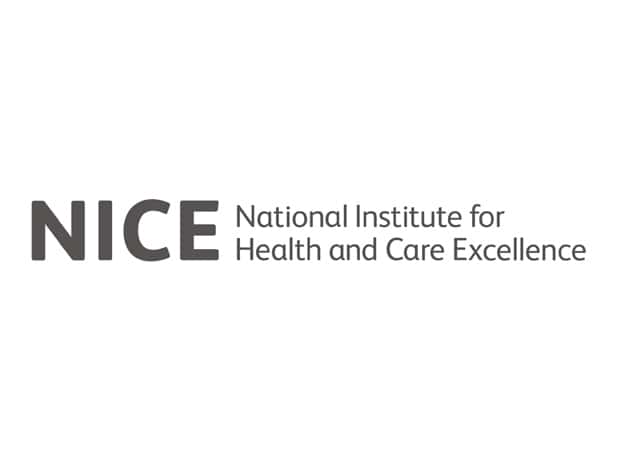In a rare move, NICE has reconsidered its position on Novartis migraine prevention treatment Aimovig (erenumab), now recommending the drug’s NHS use in a Final Appraisal Document (FAD) on the back of further analysis submitted by the company.
If a final green light follows this decision, people in England and Wales living with four or more migraine days per month, for whom at least three prior preventive drug treatments have failed, will get routine access to this treatment through the NHS.
Aimovig can be self-administered at home every four weeks, and has been shown to be well-tolerated and effective in reducing mean monthly migraine days across the spectrum of migraine, with many patients achieving a 30% or greater reduction.
In a statement, Novartis said it acknowledges that NHS resources are limited and that several other, oral preventive migraine treatment options should be tried first.
“This is why Aimovig is positioned for migraine patients for whom multiple prior preventive treatments have failed, reflecting the continuing need for effective and well-tolerated preventive migraine treatment options in the UK”.
Based on further analyses submitted by Novartis, NICE found Aimovig has a benefit compared with placebo that goes beyond a reduction in monthly migraine days, and that it is plausible that Aimovig may work better than botulinum toxin.
Taking these considerations into account, NICE concluded that Aimovig is a cost-effective treatment option for people with episodic and chronic migraine after three preventive treatments have failed.
“People living with the debilitating impact of migraine have waited many years for targeted preventive treatments,” said Chinmay Bhatt, managing director UK, Ireland and Nordics, Novartis Pharmaceuticals. “Our focus now is to continue working with NICE and the NHS to ensure Aimovig is made available to those that could benefit as quickly as possible, so we can begin to help reduce the burden of migraine on individuals, hospital resources and broader society.”










